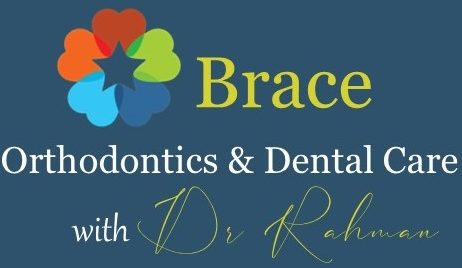Care Your Gum with Dr Rahman
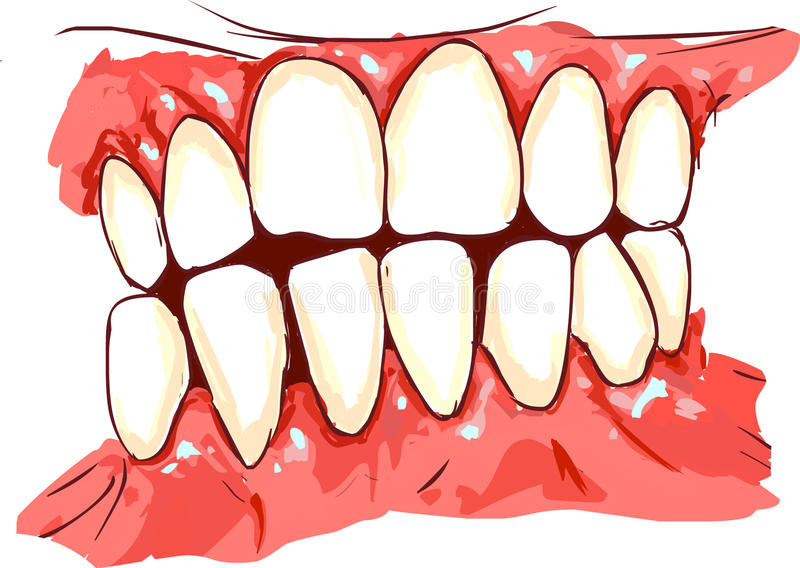
Are you suffering from gums that bleed easily, tooth sensitivity, or bad breath? You could be one of the millions of Bangladeshi affected by gum disease. Many of them aren’t even aware of the problem lurking beneath their gums. Often times, the first symptoms of gum disease are subtle, beginning with bleeding, red, or swollen gums. This is caused by an infection happening below the gum tissue.
If left untreated, those suffering with gum disease can suffer from chronic bad breath, receding gums, and excessive (or often worsening) pain while chewing. In extreme cases, untreated gum disease can even result in tooth loss. If you’re passionate about maintaining you dental health, or even getting it back on track: it’s time to meet with
What causes gum disease?
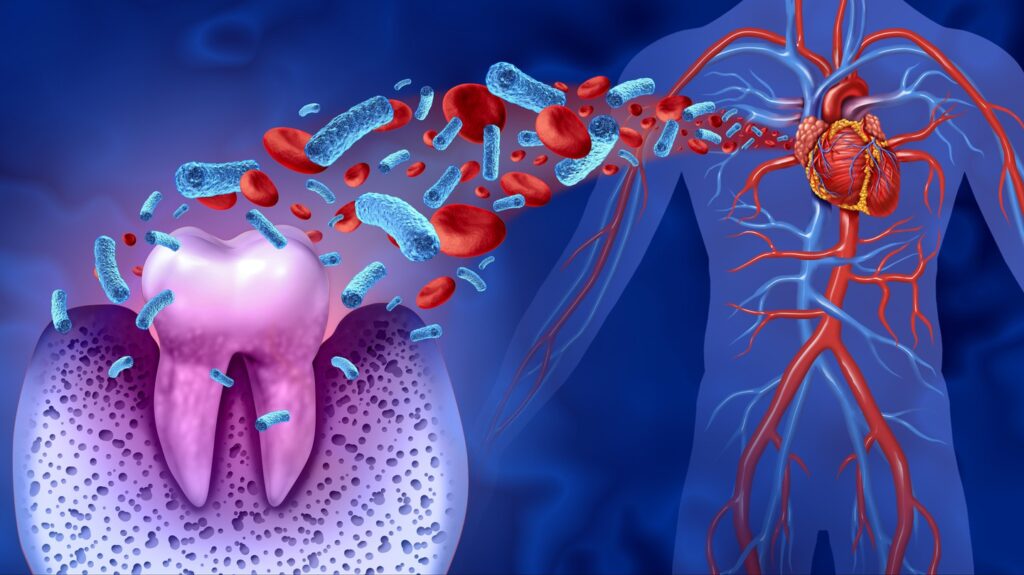
Gum Disease is caused by the accumulation and buildup of plaque and tartar along the gum line. Built up plaque harbors dangerous bacteria and causes your gums to pull away from you teeth. When the infected gum tissue pulls away, it creates “pockets” that fill up with even more plaque and bacteria, speeding the process of the infection. A fast treatment plan is crucial when it comes to keeping your teeth healthy!
Believe it or not, gum disease can even affect those who practice good oral care. Using improper brushing techniques, old toothbrushes, forgotten dental visits, or forgetting to floss can contribute to the development of the disease.
If you feel like you could be suffering gum disease, don’t hesitate to make an appointment today!
.
Why Taking Care of Gum is So Important?
Dental gum care is crucial for maintaining overall oral health. Here’s why:
Prevention of Gum Disease: Proper gum care helps prevent gum diseases like gingivitis and periodontitis. These conditions can lead to gum inflammation, bleeding, and, if left untreated, tooth loss.
Supports Healthy Teeth: Healthy gums are essential for strong teeth. The gums hold the teeth in place, and if they become weak or diseased, teeth can become loose or even fall out.
Reduces Risk of Systemic Health Issues: Gum disease has been linked to several systemic health issues, including heart disease, diabetes, and stroke. Bacteria from the mouth can enter the bloodstream and affect other parts of the body.
Prevents Bad Breath: Poor gum health can lead to chronic bad breath (halitosis), as bacteria buildup in the mouth produces unpleasant odors.
Maintains Aesthetic Appearance: Healthy gums contribute to a pleasing smile. Gum recession or disease can cause an unattractive smile, making teeth appear longer or more spaced out.
Enhances Oral Hygiene: Taking care of your gums often involves regular brushing, flossing, and dental check-ups, which also improves overall oral hygiene and prevents cavities and tooth decay.
By prioritizing gum care, you can ensure a healthy mouth and contribute to your overall well-being.
Symptoms of Gum Disease
Various symptoms can indicate the presence of gum diseases, serving as important signs of oral health issues. Recognizing diverse symptoms that can indicate this condition is crucial. Seeking medical attention is important if you observe one or more of these symptoms.
- Gum swelling and bleeding
- Gum recession
- Bleeding during brushing
- Change of teeth alignment
- Bad breathing
- Tooth mobility
- Tooth sensitivity
- Loss of teeth
What heppens at my appointment?
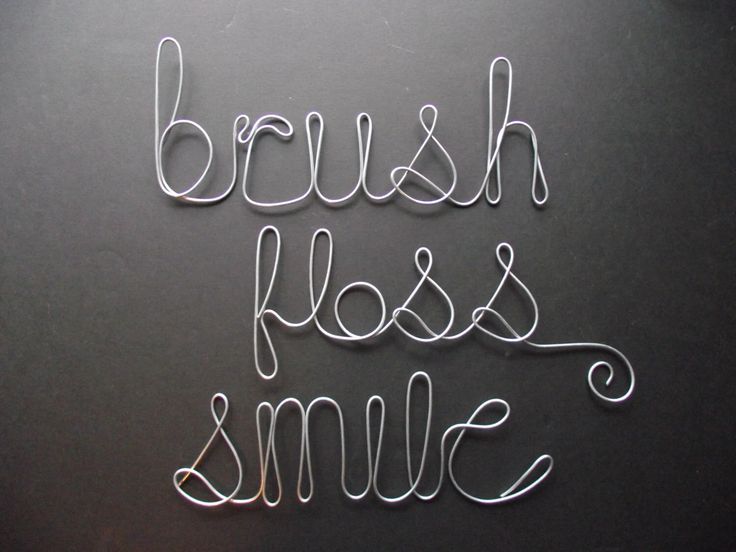
When meeting with Dr.Rahma, you can expect a thorough examination of gums to determine the overall health level. He will determine if a periodontal infection is present, and will determine the severity as well as a treatment plan. Many mild cases of gum disease can be fought with simple cleaning procedures if treated right away, while other cases may require more severe treatment plan.
Treatment Options for Gum Disease
he treatment of gum diseases involves a variety of techniques to reduce inflammation and repair affected tissues. The specific methods employed depend on the severity and progression of the disease.
1. Non-Surgical Treatment
Scaling and Polishing

It’s important to have regular scaling and polishing done in addition to your daily oral hygiene practices to prevent gum diseases. These cleanings help eliminate plaque and tartar build-up that can’t be reached by regular brushing and flossing, which is crucial for maintaining healthy gums and stopping the advancement of periodontal disease.
Root Planing
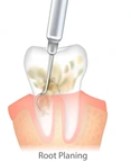
It is important to undergo professional dental cleaning to eliminate dental plaque and tartar, which is particularly beneficial for treating mild gum disease. With the use of specialized instruments, this procedure involves cleaning the roots beneath the gum line and aiding in the removal of plaque, which is essential in the initial phases to prevent additional inflammation and safeguard the teeth. Root planing also serves as a preventive measure for individuals with healthy gums.
Antibiotics

Antibiotics are used to treat gum diseases by targeting bacterial infections that cause periodontal problems. They can be given either throughout the body or placed directly into the gum pockets to decrease infection and inflammation, helping in the healing process and utilized alongside other periodontal treatments to maximize results.
2. Surgical Treatment
Gum Contouring
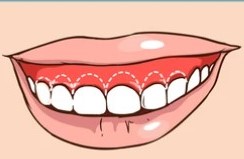
Contouring of the gums is beneficial in reshaping excessive or uneven gums by using precise surgical methods to remove excess gum tissue, revealing more of the teeth, or adding tissue as needed. This procedure not only enhances gum health by eliminating overgrowth but also improves the symmetry and attractiveness of a person’s smile, creating a harmonious aesthetic by balancing the gum-to-tooth ratio.
Pin Hole Gum Surgery
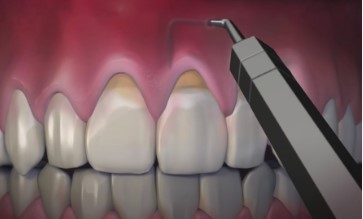
Pinhole gum rejuvenation is a minimally invasive technique to treat gum recession. Unlike traditional grafting, it involves creating a small hole to reposition the gum tissue. The procedure requires no stitches or significant incisions, offering quicker recovery. It effectively covers exposed roots, reduces sensitivity, and enhances the appearance of the gums, contributing to overall dental health and a more pleasing smile.
Bone Graft
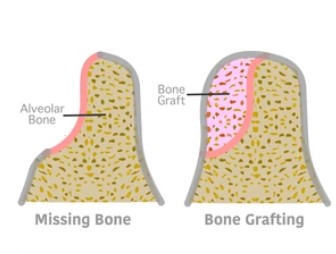
The purpose of dental bone grafting is to repair or replace bone tissue in the vicinity of the teeth. This can involve using your own bone material or synthetic materials, like gum grafting. The goal is to reconstruct the jaw bone, provide support for teeth, and establish a solid base for tooth implants.
Soft Tissue Graft
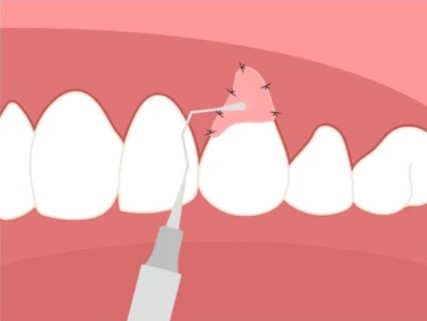
Transplanting healthy, pinkish soft tissue to areas experiencing recession is a key part of soft tissue grafts, as it enhances gum coverage on teeth. The main outcomes of this procedure include improving the aesthetic appearance, reducing sensitivity, and safeguarding teeth roots from decay. As a result, it plays a significant role in promoting gum health and stability.
Periodontal Surgery
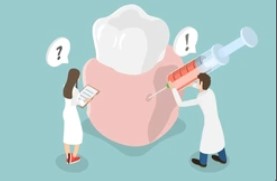
Surgical interventions are performed to restore and uphold healthy gums, encompassing the elimination of unhealthy tissues, management of spaces between teeth and gums, and rectification of receding gums. For instance, Open Flap Debridement (OFD) is a form of surgery that reduces pockets by surgically opening gum tissue to eliminate plaque and tartar from deep periodontal pockets. The objective of these procedures is to address gum disease, prevent tooth loss, and enhance the appearance of the smile.
Guided Bone Regeneration
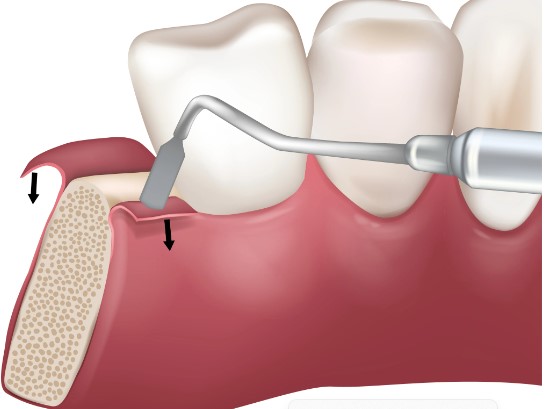
Encouraging the natural regrowth of bone and gum tissue lost to periodontal disease is the goal of this technique. It involves placing a biocompatible barrier between the bone and gums, which is a material compatible with living tissue and prevents adverse reactions. This allows bone cells to proliferate, leading to increased support for teeth and potentially reversing some of the damage caused by periodontitis.
